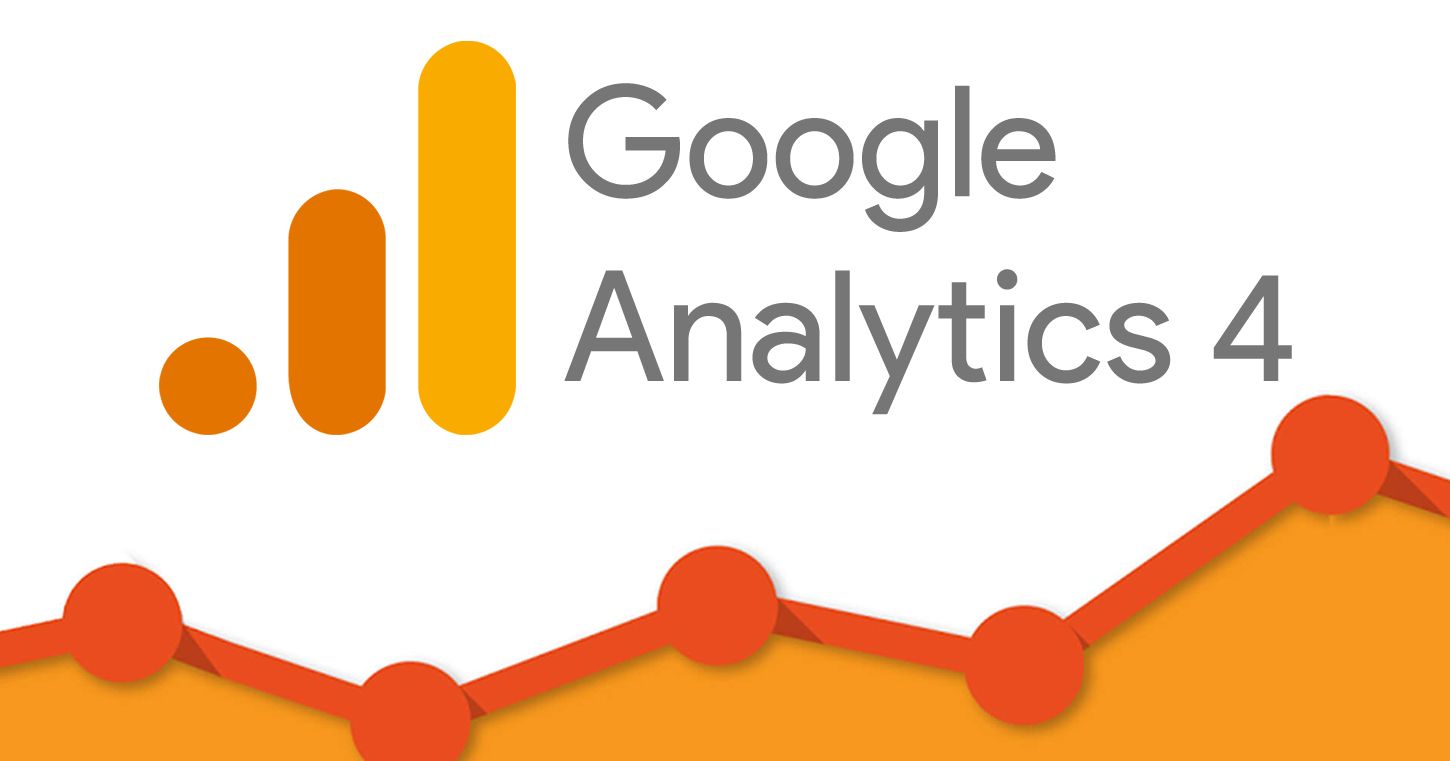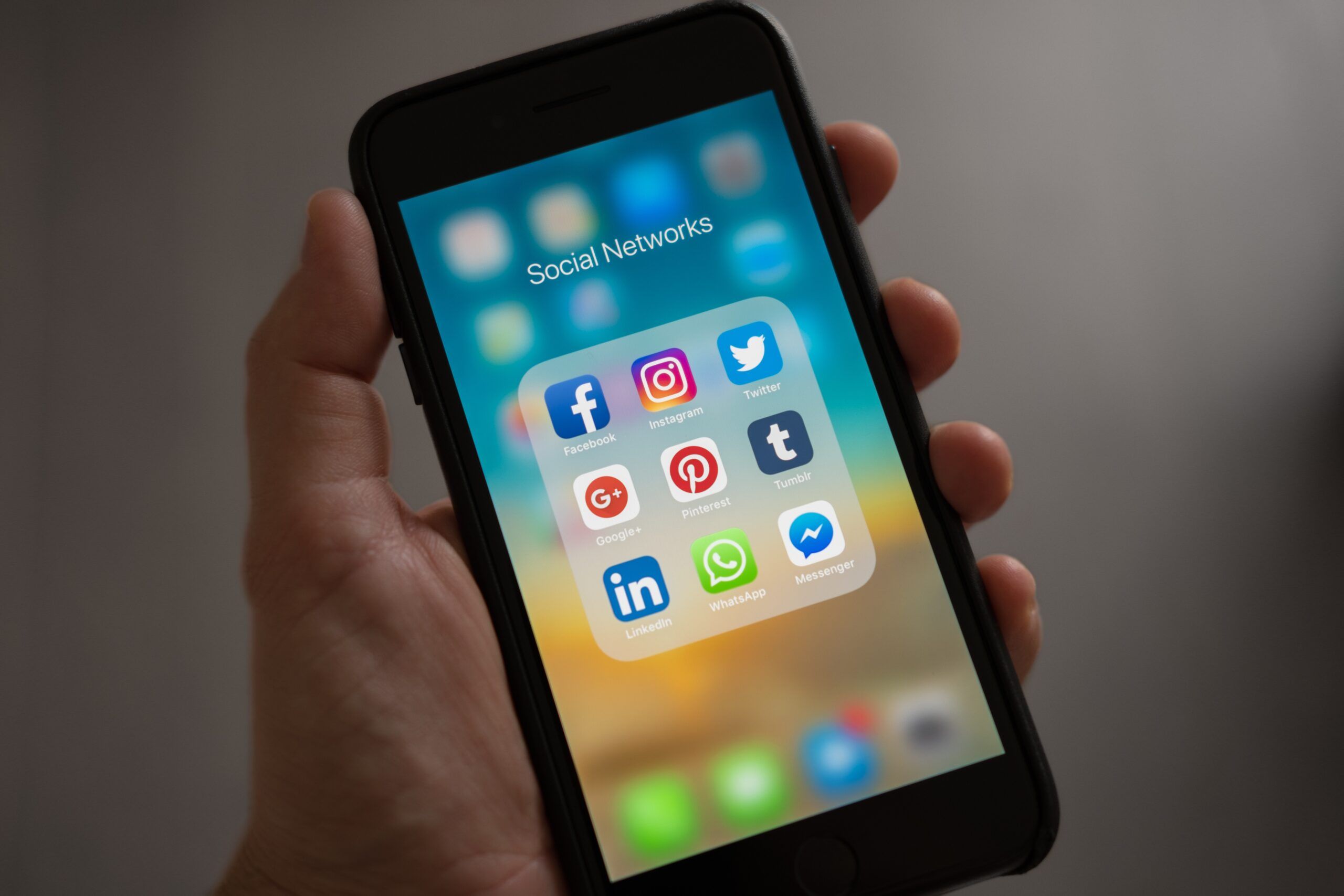Lead Generation: A Beginner's Guide
Lead Generation: A Beginner’s Guide

Whether you are new to lead generation or you are looking for a refresher on the best ways to gather leads, this article is packed with information! With lead generation, you can engage with prospects on a personal level. People are more likely to make a purchase from a company that they feel connected to. Not to mention, building relationships through inbound marketing gets a far better response than outbound tactics like cold calling.
Let’s refresh ourselves on what a lead is, the purpose of lead generation and how to qualify a lead.
What is a Lead?
A lead is a person who has an interest in your product or service. They may have filled out a questionnaire, taken an online survey or downloaded an ebook. Because the prospect made the first move, it’s less intrusive to reach out to them compared to calling them during dinner or forcing them to watch an advertisement. Also, the prospect has an idea of your company and a need for your product or service, which makes your reaching out to them relevant and expected.
What is Lead Generation?
If you sat and waited for leads to come your way, you would do a lot of waiting. Lead generation is the process of attracting strangers and turning them into prospects. There are many different ways to drive people to your business, and content is the most popular and effective. Content allows you to connect with prospects, warm them up to your brand and move them through the sales funnel.
Lead generation is important because it facilitates a relationship between you and potential customers and sets them on the path to buying your product. In other words, attracting leads is a fundamental part of gaining loyal, satisfied customers.
How are Leads Qualified?
Not all leads are created equal. For example, an online mortgage company may ask that leads fill out an online inquiry. Some leads may be ready to get pre-approved right away, while others are only starting to gather information. And, there will be leads who are not in a position for a loan.
You wouldn’t want to give all leads the same attention. Instead, you want to focus your time on the people who are most likely to convert. So how do you determine which leads are qualified and which ones are not?
Below are a few of the ways that you can qualify a lead. To help with this, use automation software that will automatically organize and score leads for you.
- Know Your Buyer Profile. Define what a qualified lead looks like. Using the mortgage company example, you might determine that a qualified lead would have an income of 75K, a good credit score and interested in moving in the next 6 months.
- Collect the Right Information. When you know which factors indicate a hot lead, add the right questions to your lead generation form so you can gather the appropriate information. As you receive the inquiries, you will know who is most qualified.
- Recognize Interest vs Intent. A prospect that visits your website and reads a few blogs has an interest in taking out a loan but may not be ready to get pre-approved. On the other hand, a prospect who watches your videos and looks at your loan options page is showing you that they are intending to take out a loan soon. These leads are hotter.
What Does the Lead Generation Process Look Like?
People don’t just come to your website on a whim. They are typically brought there through content, paid ads or referrals. Let’s explore the basics of the lead generation process and what happens through each stage.
- Visitor. A visitor discovers your business through one of your marketing channels, such as your company blog or social media page. Knowing that these channels will have potential customers visiting, each one should contain a call to action.
- Call to action (CTA). A call to action is an image, button or message that calls visitors to take some type of action. CTAs are helpful for visitors because they tell them what to do next.
- Landing page. A landing page is a web page that is specifically designed for a specific purpose. It’s simple and concise so that leads do not get distracted. Generally speaking, information is captured through an online form.
- Forms. Forms are typically included on landing pages, though they can be added anywhere on your site. A number of fields are included on the forms so that you can gather the appropriate information. However, less is more. You want to make it easy for people to convert.
- Offer. People are more willing to give you their information if they get something in return. That’s why presenting users with an offer of some type – an ebook, a free trial, a free consultation – is helpful in getting users to convert.
What About Buying Leads?
It’s never recommended to buy leads, even though you may want to fill up your sales funnel quickly. When you buy leads, you are getting a list of people who have signed up for something else and not your company. The messages you send them are unwanted and intrusive rather than welcome and inviting.
If you send out enough unwanted messages, your name could go on a “blacklist” that is shared with other email providers. People may also develop a negative image of your brand, hurting your reputation and future sales. Bottom line: Generate your leads organically.
Conclusion
Once you gather your leads, you can move them through the sales funnel and closer to buying your product. It’s a process that takes time, patience and diligence, but it will come together. To be successful, publish relevant, valuable information with compelling CTAs and offers. Also be sure to make it easy for users to convert such as by asking only for the information needed to qualify the lead. In time, you can request more information.
It can be hard to generate quality leads! Let WSI Net Advantage help with this! Give us a call at 510-687-9737 or fill out our contact form and let’s talk about growing your business!
About the Author
Kevin Dean, President of WSI Net Advantage…
The Best Digital Marketing Insight and Advice
We are committed to protecting your privacy. For more info, please review our Privacy and Cookie Policies. You may unsubscribe at any time.
Don’t stop the learning now!
Here are some other blog posts you may be interested in.


